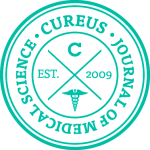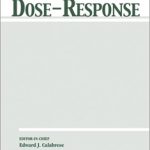Ursula Wolf, Martin Wolf, Peter Heusser, André Thurneysen and Stephan Baumgartner
Homeopathic Preparations of Quartz, Sulfur and Copper Sulfate Assessed by UV-Spectroscopy
eCAM, 2009, doi: 10.1093/ecam/nep036

Homeopathic preparations are used in homeopathy and anthroposophic medicine. Although there is evidence of effectiveness in several clinical studies, including double-blinded randomized controlled trials, their nature and mode of action could not be explained with current scientific approaches yet. Several physical methods have already been applied to investigate homeopathic preparations but it is yet unclear which methods are best suited to identify characteristic physicochemical properties of homeopathic preparations. The aim of this study was to investigate homeopathic preparations with UV-spectroscopy. In a blinded, randomized, controlled experiment homeopathic preparations of copper sulfate (CuSO4; 11c30c), quartz (SiO2; 10c30c, i.e. centesimal dilution steps) and sulfur (S; 11x30x, i.e. decimal dilution steps) and controls (one-time succussed diluent) were investigated using UV-spectroscopy and tested for contamination by inductively coupled plasma mass spectrometry (ICP-MS). The UV transmission for homeopathic preparations of CuSO4 preparations was significantly lower than in controls. The transmission seemed to be also lower for both SiO2 and S, but not significant. The mean effect size (95% confidence interval) was similar for the homeopathic preparations: CuSO4 (pooled data) 0.0544% (0.02600.0827%), SiO2 0.0323% (0.0064% to 0.0710%) and S 0.0281% (0.0520% to 0.1082%). UV transmission values of homeopathic preparations had a significantly higher variability compared to controls. In none of the samples the concentration of any element analyzed by ICP-MS exceeded 100 ppb. Lower transmission of UV light may indicate that homeopathic preparations are less structured or more dynamic than their succussed pure solvent.







